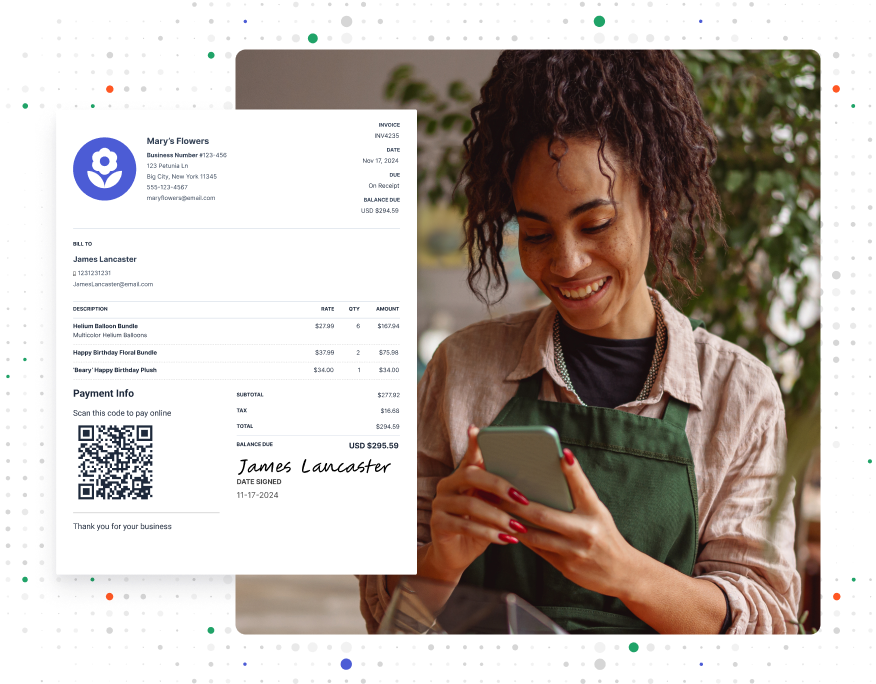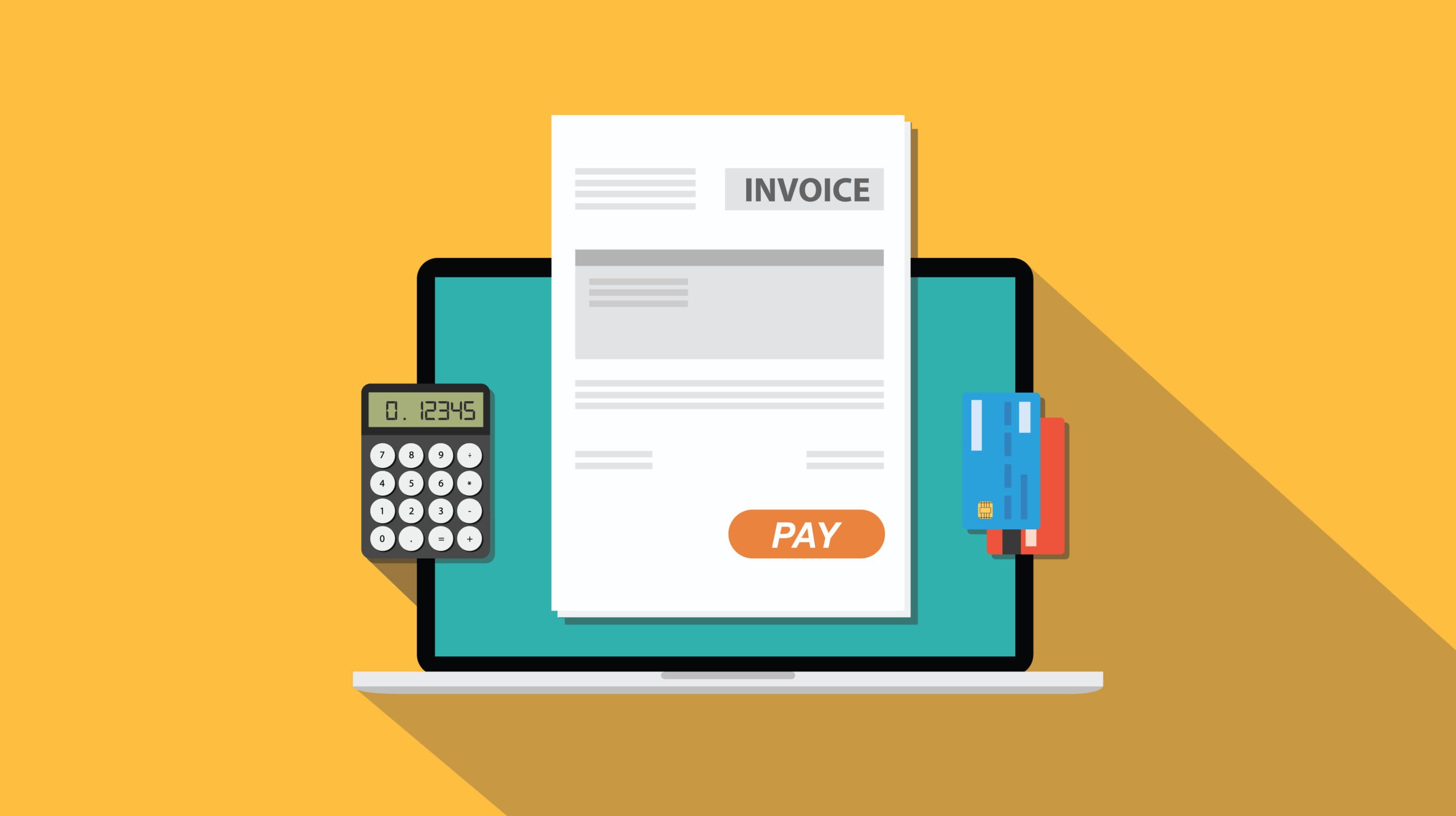Net 60 Payment Terms: What They Are and How They Work

For small business owners, mastering the art of cash flow is a key ingredient in the recipe for success. One term that often pops up in this financial cookbook is net 60—a phrase that can have a significant impact on your business’s financial health.
Net 60 is a payment term that gives customers 60 days to pay their invoices in full. This extended payment window can affect your cash flow and customer relationships in a few different ways.
Here’s everything you need to know about net 60 payment terms, including how they work, their pros and cons, and how to decide if they’re the right approach for your small business.
FROM ONE OF OUR PARTNERS — 7 Ways To Increase Cash Flow for Your Business
What Does Net 60 Mean and How Does It Work?
Net 60 is a payment term that gives your buyers 60 days to pay their invoice in full. The word “net” in this context refers to the total amount due after any deductions or discounts. When you offer net 60 terms, you’re essentially providing short-term credit to your customers.
Here’s how it works. When you issue an invoice with net 60 terms, the clock starts ticking. Your buyer has 60 days from that date to pay the full amount. For example, if you send an invoice dated May 1 with net 60 terms, the payment would be due by June 30.
These payment terms impact cash flow for both parties. For buyers, net 60 provides a two-month buffer to manage their finances before settling the bill. This is especially helpful for businesses that deal with seasonal fluctuations or are waiting on payments from their own customers.
As a net 60 vendor, you need to be prepared to wait up to two months for payment, which requires careful financial planning. It’s crucial for both you and your customers to clearly communicate and agree on when the 60-day period begins.
While it’s typically the invoice date, some agreements might start the clock on the date of delivery or receipt of goods. Clear documentation of these terms prevents misunderstandings and maintains positive business relationships.
RELATED ARTICLE — How To Calculate Cash Flow: Key Formulas and Practical Examples
5 Examples of Net 60 Payment Terms

Net 60 payment terms come in a few different variations, each designed to meet different business needs and scenarios. These are the main types:
- Standard Net 60. Full payment is within 60 days of the invoice date.
- 1/10 Net 60. Customers get a 1% discount if they pay the invoice within 10 days. Otherwise, full payment is due in 60 days.
- 2/10 Net 60. Similarly, customers get a 2% discount if they pay within 10 days. Otherwise, full payment is due in 60 days.
- Net 60 End of Month (EOM). Payment is due 60 days after the end of the month in which the invoice was issued.
- Net 60 Receipt of Goods (ROG). The 60-day payment period begins when the customer receives the goods.
Here are some real-world examples of how these payment terms might work in practice:
- Standard Net 60. You’re a graphic designer who completes a branding project for a local restaurant. You send an invoice for $3,000 on July 1 with net 60 terms. The full payment is due by August 30, giving your client time to implement the new branding and potentially see increased revenue before paying the bill.
- 1/10 Net 60. As a small wholesale office supply distributor, you ship $5,000 worth of products to a new co-working space. Your invoice, dated September 15, offers 1/10 net 60 terms. If the co-working space pays $4,950 by September 25, they save $50. Otherwise, they owe the full $5,000 by November 14.
- 2/10 Net 60. You run a small furniture manufacturing business. A boutique hotel orders $20,000 worth of custom pieces. Your 2/10 net 60 terms, starting from the October 1 invoice date, allow them to pay $19,600 by October 11 for a savings of $400, or the full amount by November 30.
- Net 60 EOM. As a freelance writer, you complete several blog posts for a client throughout November. You invoice $2,000 on November 30 with net 60 EOM terms. The client has until January 29 of the following year to pay, since the 60-day count starts at the end of November.
- Net 60 ROG. Your small electronics repair shop fixes a batch of company phones for a local business. You invoice $1,500 when the job is done on December 1, but the client doesn’t pick up the phones until December 10. With net 60 ROG terms, they have until February 8 to pay, 60 days from when they received the goods.
RELATED ARTICLE — How To State Invoice Payment Terms (with Example Wording)
Net 60 Pros and Cons
Offering net 60 payment terms can be a double-edged sword for your business. While it might give you a competitive edge, it also comes with potential drawbacks. Let’s weigh the advantages and disadvantages to help you decide whether these payment terms are the right choice for your company.
Pros
- Sales Boost. Customers often prefer longer payment periods, which can lead to increased sales and bigger orders.
- Stronger Client Relationships. Extended terms show trust in your customers, potentially leading to loyal, long-term partnerships.
- Customer Cash Flow Flexibility. Your clients have more time to manage their finances before settling invoices.
- Early Payment Incentives. Options like 1/10 or 2/10 net 60 can motivate customers to pay sooner for a discount.
Cons
- Delayed Income. You wait longer to receive payments, which could strain your cash flow.
- More Paperwork. Tracking longer payment cycles can add to your administrative workload.
- Cash Flow Challenges. Small businesses might struggle to cover expenses while waiting for payment.
- Non-Payment Risk. The longer payment period increases the chance of late or missed payments.
FROM ONE OF OUR PARTNERS — What To Do When Customers Don’t Pay: A Guide to Accounts Receivable
Other Common Net Payment Terms

While net 60 terms are common, they’re not the only option for managing payments. Here are several alternatives that might better suit your business needs:
- Net 45. Payment is due 45 days after the invoice date, offering a middle ground between net 60 versus net 30.
- 1/10 Net 30. Customers get a 1% discount if they pay within 10 days. Otherwise, full payment is due in 30 days.
- 2/10 Net 30. This is similar to 1/10 net 30, but with a 2% discount for early payment.
- Net 15. Full payment is required 15 days after invoicing. This is ideal for businesses needing quick payment.
- Net 90. Net 90 allows a 90-day window for payment, often used for large orders or by bigger corporations.
- Net 7. This is a very short payment term, with full payment due within seven days of invoicing.
- Cash in Advance (CIA). Customers pay before receiving goods or services, eliminating payment wait times.
RELATED ARTICLE — Understanding Net 30 Terms in Invoices
4 Tips for Choosing the Best Payment Terms for Your Business
Choosing the right payment terms can make a big difference in your business’s financial health. Here are some useful tips to help you make the best choice:
- Use a Mix of Payment Terms. Offer different options based on customer relationships, order sizes, or product types to balance flexibility and timely payments.
- Assess Your Cash Flow Needs. Understand how long you can comfortably wait for payments without straining your finances.
- Be Prepared To Negotiate. Some clients may request specific terms. Know your limits and be ready to compromise on mutually beneficial solutions.
- Automate Your Invoicing Process. Use software to send invoices, give reminders, and track payments. This makes it easier to manage a variety of payment periods and due dates.
RELATED ARTICLE — A Step-By-Step Guide to Efficient Invoice Processing
Level Up With Invoice Simple’s Online Payment Processing Software
Take the headache out of managing net 60 and other payment terms with Invoice Simple‘s versatile invoicing solution.
Give your customers flexible online payment options. Send digital invoices via email, SMS, or manually sharing a link. You can also make it easy for your clients to pay you instantly from a paper invoice by turning on the Invoice Simple Payments QR Code.
Start Your First
Invoice Today
Create customized and professional
invoices and connect with clients








